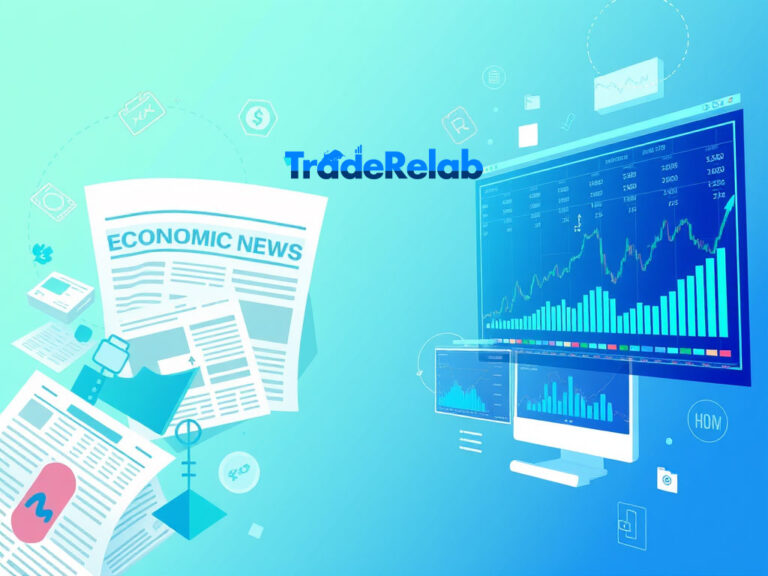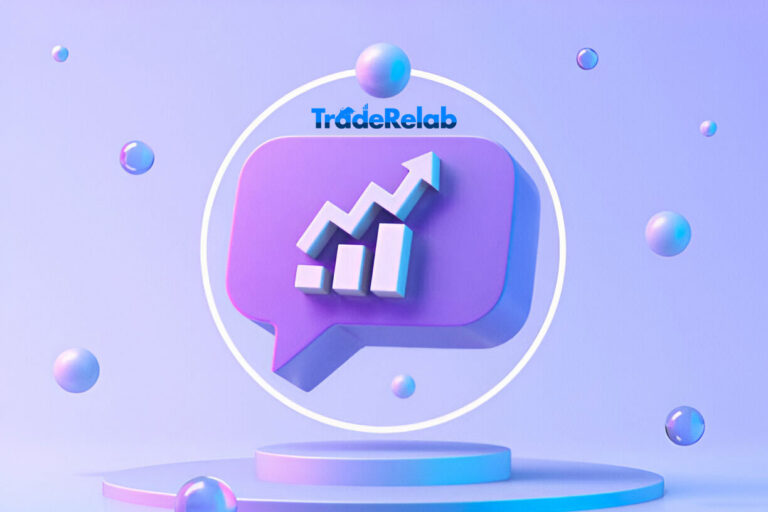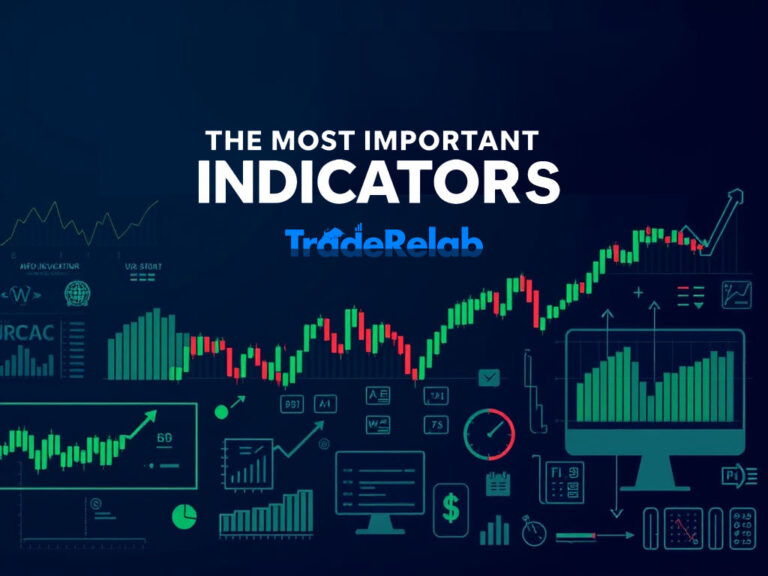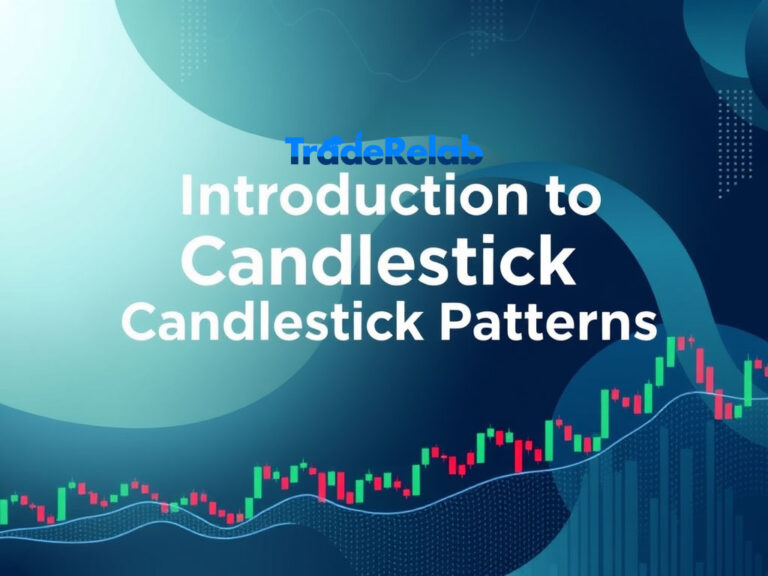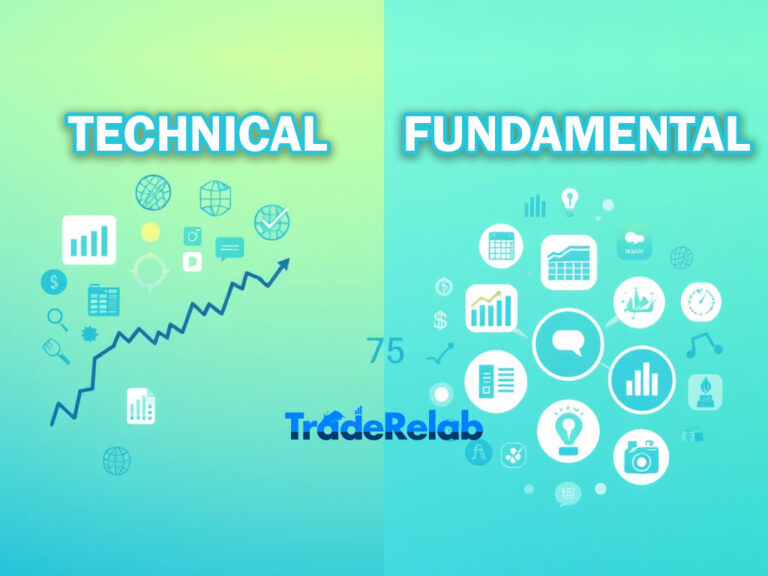What Are Moving Averages? A Simple Guide
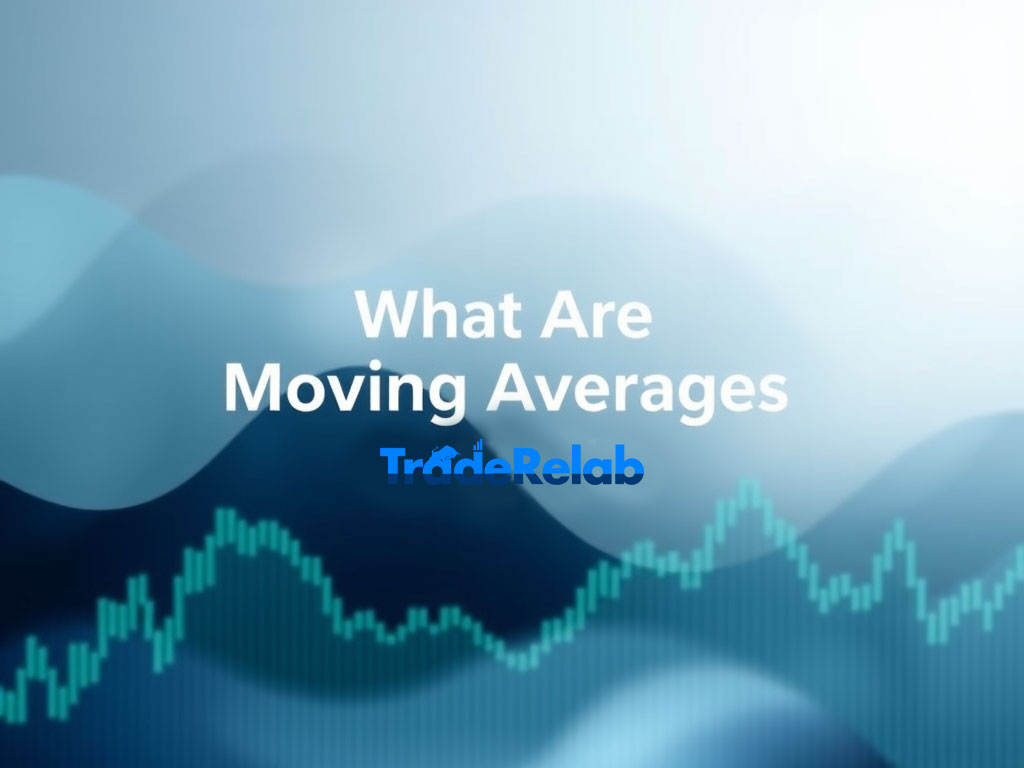
In the world of financial markets, technical analysis is a powerful tool used by traders and investors to make informed decisions. One of the most commonly used tools in technical analysis is the moving average. Moving averages help smooth out price data to create a trend-following indicator. Whether you’re analyzing stock prices, commodities, or currencies, moving averages provide valuable insight into market trends and potential price movements. In this simple guide, we will explore what moving averages are, the different types, and how they are used in trading.
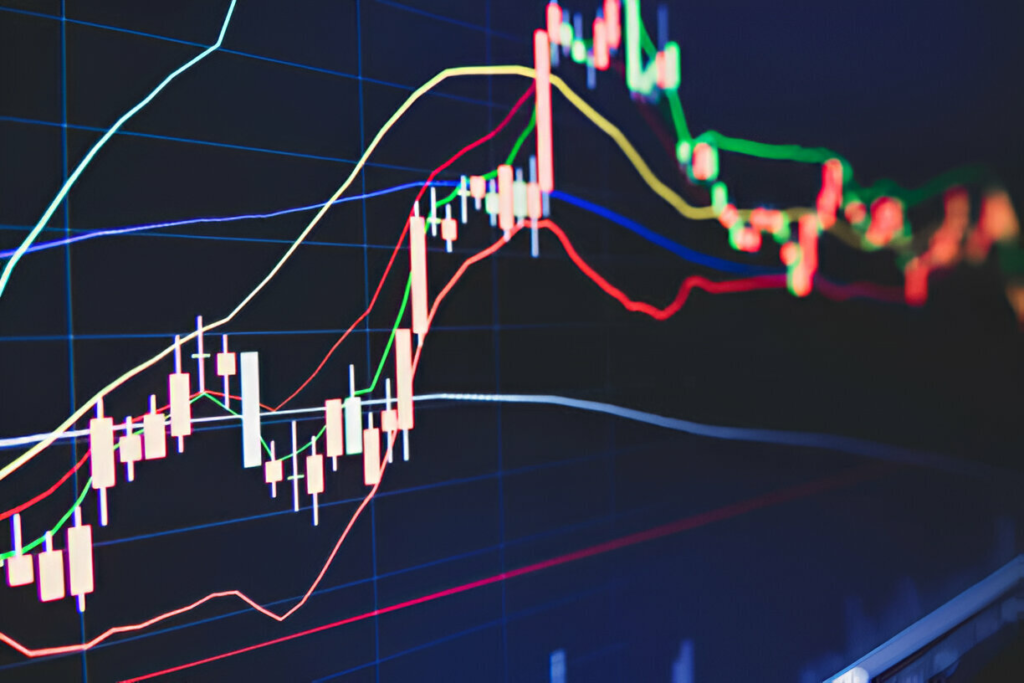
What Is a Moving Average?
A moving average (MA) is a statistical calculation used to analyze data points by creating averages over specific periods. In financial markets, moving averages are primarily used to smooth out price fluctuations, making it easier to identify trends.
Instead of looking at every individual price movement, traders use moving averages to focus on the overall direction of the market. Moving averages are calculated by averaging the price of an asset over a certain number of periods, such as days, weeks, or months.
The primary function of a moving average is to help traders identify trends. If the price of an asset is above the moving average, it typically signals that the market is in an uptrend. If the price is below the moving average, it often signals a downtrend.
Types of Moving Averages
There are several different types of moving averages, each with its own unique characteristics. The three most commonly used are:
1. Simple Moving Average (SMA)
The Simple Moving Average (SMA) is the most basic type of moving average. It is calculated by taking the average of an asset’s price over a set number of periods. For example, a 10-day SMA is calculated by adding up the closing prices of the last 10 days and dividing that sum by 10.
Formula: SMA=Sum of Prices for N PeriodsNSMA = \frac{\text{Sum of Prices for N Periods}}{N}
This moving average is called “simple” because each period in the calculation is weighted equally. SMAs are useful for identifying the overall direction of a trend, but they can be slower to react to sudden price changes because each data point is treated the same.
2. Exponential Moving Average (EMA)
The Exponential Moving Average (EMA) is similar to the SMA but gives more weight to recent prices, making it more responsive to new information. The EMA gives greater importance to the most recent data points, making it faster to react to price changes than the SMA.
Formula: EMA=(Current Price – Previous EMA) * (2 / (N + 1)) + Previous EMAEMA = \text{(Current Price – Previous EMA) * (2 / (N + 1)) + Previous EMA}
Because of its sensitivity to recent price movements, the EMA is preferred by traders who want to quickly react to price changes. It’s particularly useful for identifying shorter-term trends and signals.
3. Weighted Moving Average (WMA)
The Weighted Moving Average (WMA) assigns different weights to each data point. This means that the most recent prices are given more weight than older prices, but unlike the EMA, the WMA assigns different weights to each period rather than using a fixed mathematical formula.
The WMA is often used for more complex strategies but can be effective when the trader wants to emphasize more recent price movements.
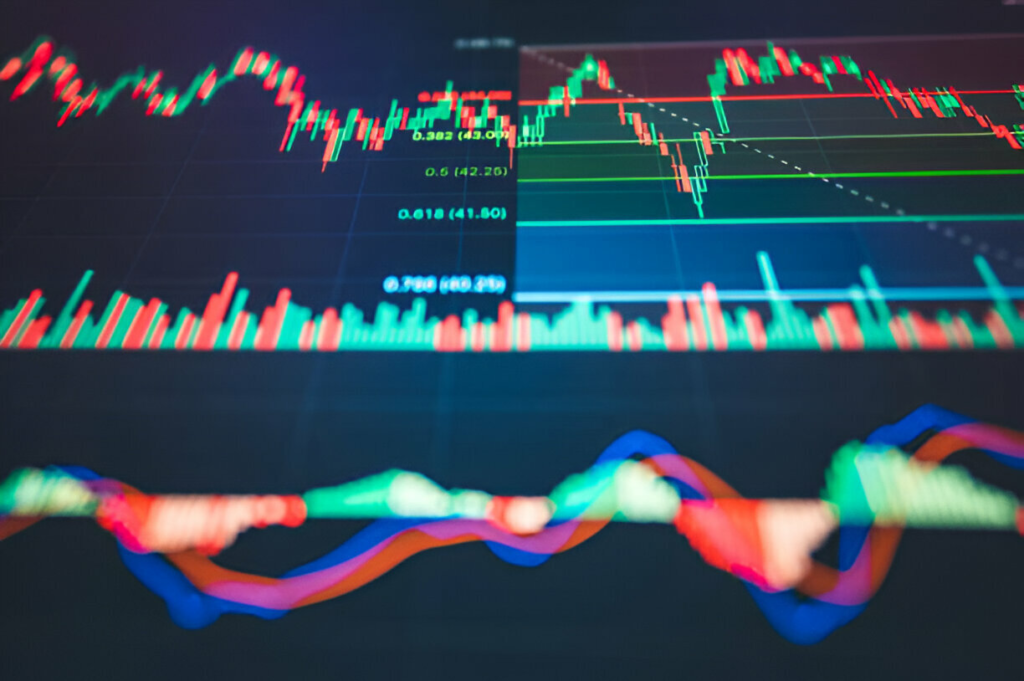
How Moving Averages Are Used in Trading
Moving averages play a key role in technical analysis and are often used to identify trends, generate trade signals, and confirm support and resistance levels. Here are some of the most common ways traders use moving averages:
1. Identifying Trends
The most basic use of a moving average is to identify whether a market is trending up, down, or sideways. When the price is above the moving average, it suggests an uptrend, and when the price is below the moving average, it suggests a downtrend. Moving averages can also help traders filter out market noise, allowing them to focus on the dominant trend.
For example, if the price is consistently above a 50-day moving average, it suggests that the market is in an uptrend. Conversely, if the price is below the moving average, it indicates a downtrend.
2. Crossovers: Generating Buy and Sell Signals
Moving averages are commonly used to generate trade signals through crossovers. A crossover occurs when a shorter-term moving average crosses over a longer-term moving average, signaling a potential shift in market momentum.
- Golden Cross: A golden cross occurs when a short-term moving average, such as the 50-day SMA, crosses above a longer-term moving average, like the 200-day SMA. This is typically considered a bullish signal, indicating that the asset may be entering an uptrend.
- Death Cross: A death cross happens when a short-term moving average crosses below a long-term moving average. This is generally seen as a bearish signal, indicating that the asset may be entering a downtrend.
3. Support and Resistance Levels
Moving averages can also serve as dynamic support and resistance levels. Traders often use moving averages to identify areas where price may struggle to break through or reverse direction. For example, in an uptrend, the price may bounce off the moving average, suggesting that the moving average is acting as support. In a downtrend, the moving average may act as resistance, preventing the price from moving higher.
4. Smoothing Out Market Noise
Financial markets are often volatile, with prices fluctuating up and down in the short term. Moving averages help smooth out these fluctuations and provide a clearer picture of the overall trend. This makes it easier for traders to make decisions based on the underlying trend rather than being distracted by short-term price movements.
Moving Average Lengths and Timeframes
The length or period of the moving average plays an important role in how sensitive the indicator is to price movements. Shorter-period moving averages, such as the 10-day or 20-day MA, will react more quickly to price changes, but they can also generate more false signals due to market noise. Longer-period moving averages, such as the 50-day or 200-day MA, are slower to react but tend to provide more reliable trend signals over the long term.
The timeframe chosen for a moving average should match the trader’s strategy. Short-term traders often use shorter moving averages, while long-term investors may use longer moving averages to identify long-term trends.
Advantages of Moving Averages
- Trend Identification: Moving averages help traders quickly identify the overall direction of the market.
- Clear Signals: Moving averages provide clear buy and sell signals, especially when using crossovers.
- Smoothing: Moving averages smooth out market fluctuations, making it easier to spot trends and avoid false signals.
Limitations of Moving Averages
- Lagging Indicator: Moving averages are lagging indicators, meaning they are based on past prices. This can result in delayed signals, especially in fast-moving markets.
- False Signals: Moving averages can generate false signals during periods of sideways or choppy market conditions.
- Over-reliance: Traders who rely solely on moving averages may miss out on important market factors that influence price movement, such as economic news or geopolitical events.
Conclusion
Moving averages are one of the most widely used tools in technical analysis, helping traders smooth out price data, identify trends, and generate buy or sell signals. Whether you’re a beginner or an experienced trader, understanding how moving averages work and how to use them effectively can enhance your trading strategy. By combining moving averages with other technical indicators and analysis tools, traders can increase their chances of making informed and profitable decisions in the markets.
FAQ:
1. What is the difference between SMA and EMA?
The Simple Moving Average (SMA) gives equal weight to all price points, while the Exponential Moving Average (EMA) gives more weight to recent prices, making it more responsive to new market data.
2. How do I choose the right moving average for my trading strategy?
The choice of moving average depends on your trading timeframe. Short-term traders may prefer shorter-period moving averages (like the 10-day), while long-term investors may use longer-period moving averages (like the 200-day) to spot long-term trends.
3. Can moving averages be used in all financial markets?
Yes, moving averages can be applied to various markets, including stocks, commodities, currencies, and cryptocurrencies. They are useful in identifying trends and making informed trading decisions.
4. How do moving averages help identify trends?
When the price is above a moving average, it indicates an uptrend, and when the price is below the moving average, it signals a downtrend. Traders use moving averages to filter out market noise and focus on the dominant trend.

